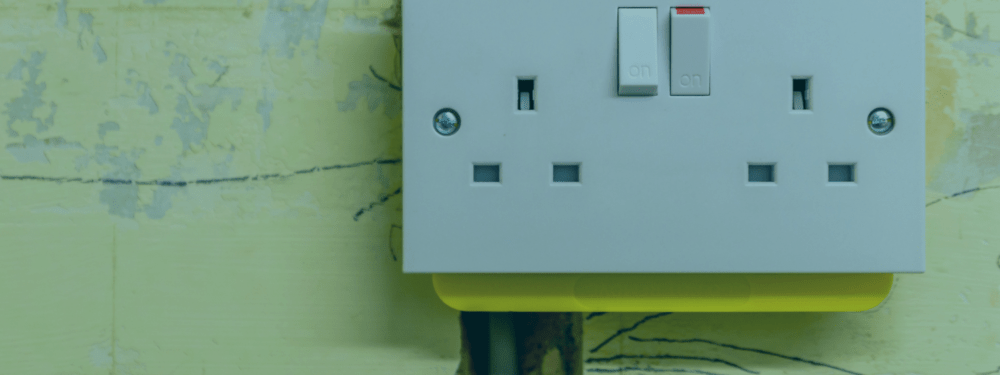
Updated Guidance for Internal Wall Insulation
Clarification for the use of moisture closed insulations in Internal wall insulation retrofits
Dr Sarah Price, Lead Author of the BEIS Retrofit Internal Wall Insulation Guide to Best
Practice, has created the following supportive guidance which has been distributed by TrustMark, as
requested by BEIS.
Industry feedback has suggested that the BEIS Retrofit Internal Wall Insulation Guide to Best Practice could be interpreted to read that a moisture open approach is always applicable and that a moisture closed approach is not permissible, restricting a retrofit professional from using their trained judgement on the best approach.
The following guidance has been released to advise further.
Updated Guidance
The BEIS Retrofit Internal Wall Insulation, Best Practice guidance does not prohibit the use of moisture-closed internal wall insulation systems on existing solid walls. The insulation choice and moisture strategy should be based upon a multitude of factors, not least a robust retrofit assessment, and a good understanding of moisture risks in internal wall insulation.
Clause 44 states that:
“the lowest risk designs for internal wall insulation are consistent with the existing moisture strategy of the building”.
The retrofit assessment should be sufficient for the designer to conclude what the existing moisture strategy is. Not all solid walls will be moisture open and indeed many have already been altered since they were built and may now include vapour impermeable layers and could now be moisture closed.
Once the existing wall construction has been determined and if there is still uncertainty as to whether a moisture closed approach is suitable, then hygrothermal calculations (using BS EN 15026) can be undertaken to confirm the moisture risk.
The guidance given in Clause 92 (below) describes how the moisture risk can be reduced in internal wall insulation systems by minimising gaps behind the insulation. This remains true, however, should not prohibit the use of insulation systems that do have gaps, provided the Retrofit Designer is satisfied that the moisture risk is acceptable based upon guidance in BS 5250: 2021 ‘Management of moisture in buildings – Code of practice’. This might be because of information regarding the context and/or moisture strategy of the existing wall, or based on hygrothermal calculations that show how the system can be safely installed in that retrofit situation.
Clause 92:
“Retrofit Installers should aim to minimise the air gaps between the insulation and the existing wall as this will reduce the risk of interstitial condensation. This can be achieved by:
- Using a liberal amount of adhesive to secure the insulation to the wall.
Dot and dab approaches have the highest risk of interstitial condensation and should be avoided as they leave air gaps behind the insulation. Ideally, a continuous layer of adhesive should be applied to the wall.
- Using appropriate fixings of the correct number and spacings for the type of insulation, so that the insulation is held tightly to the existing wall.
- Using an insulated plaster directly applied to the wall
- Ensuring the wall is smooth and flat before internal wall insulation is installed.
The only exception to this is if a ventilation cavity has been specified behind the insulation, in which case a vapour permeable membrane will be installed to the back of the insulation, and the cavity between each stud spacing will be ventilated to outside at the top and the bottom of the cavity”.
The new guidance clarifies that there may be other situations where moisture-closed insulation may be suitable, provided the Retrofit Designer can demonstrate that the risk is acceptable by means of a moisture risk assessment or reference to BS5250:2021.
Our view is that using a moisture-open insulation material is always likely to be the lowest risk option for IWI and that Retrofit Coordinators should seek clear justification from the Retrofit Designer if they propose a moisture-closed option.
Download the Technical Guidance
You can download the above technical guidance from Trustmark here.
